With Greece and Turkey as neighbours, it comes as no surprise to find that Bulgaria too has it's own wealth of historic sites that have revealed stunning treasures from long ago. Roman, Byzantine and Greek treasures are plenty, but it is what the mysterious Thracians have left behind that fascinates the most, making Bulgaria a truly exciting destination for all who love ancient history. And guess what - It's still a bit of a secret! Many sites, often discovered by chance, are still being excavated, others are open to the public for viewing and many of the treasures found are on display in museums around the country, if they don't just happen to be on exhibit elsewhere in the world.
Here's our top ten pick of archaeological sites in Bulgaria that you should not miss.
Archaeological Complex Serdika, Sofia
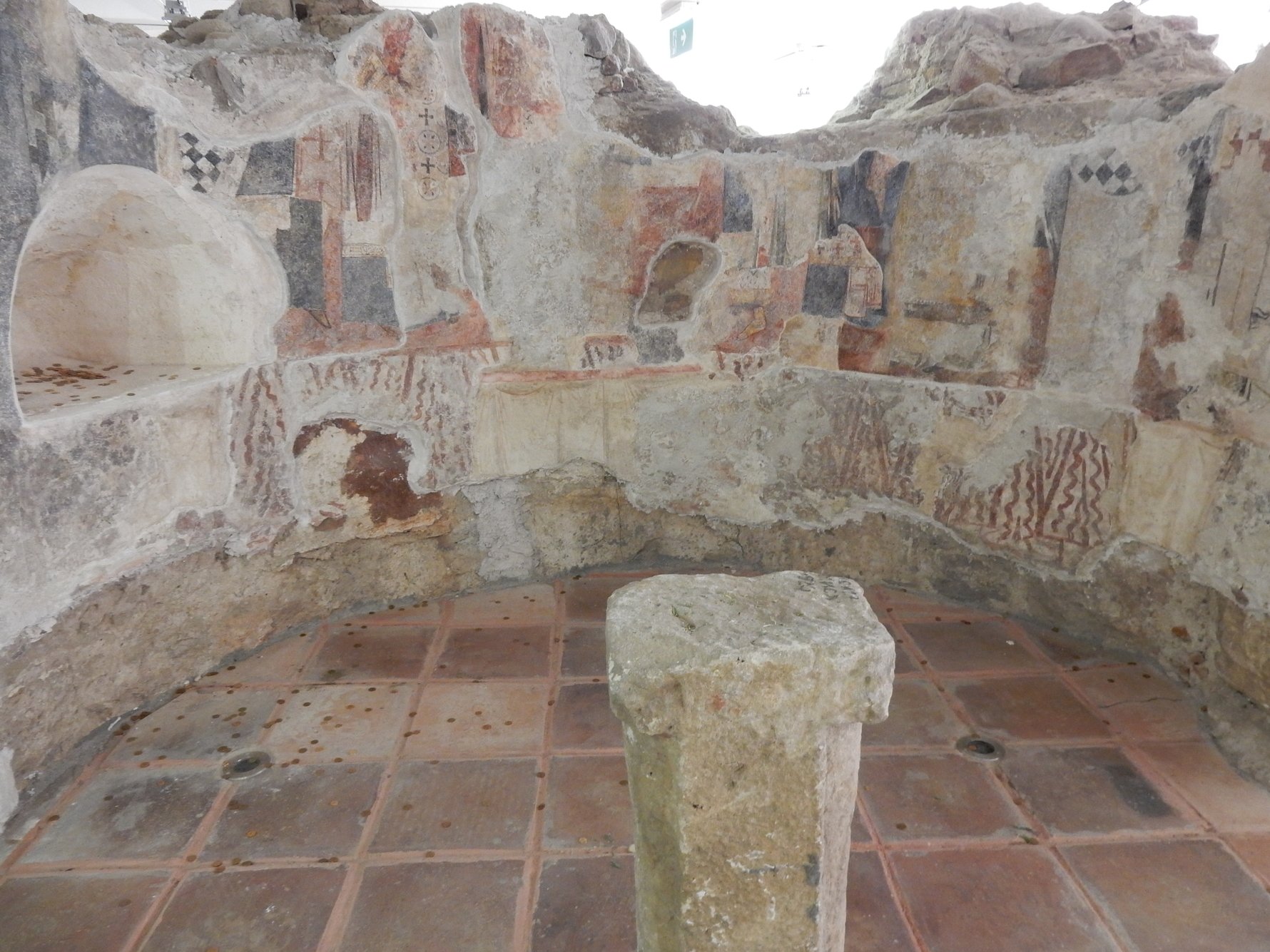
Starting in the city centre of the capital, the recent (2010) construction of the underground system brought forth the many layers of history that have accumulated here long before Sofia became the Bulgarian capital in 1879. The main structures are dated from the period 4th - 6th century AD, but in some locations older finds have been recorded. Many artefacts are displayed within the Serdika metro station.
Ancient Theatre, Plovdiv
The stunning landmark ancient theatre was uncovered accidentally during road tunnel works in the late 1970s. Other Roman sites restored more recently in Plovdiv include the Forum, the Stadium which runs largely below the main pedestrian street, as well as a couple of basilicas and an aquaduct.Varna Necropolis
This was probably one of the most dramatic discoveries in Bulgaria, when in 1972 a young man digging the foundations for a canning factory stumbled upon several artefacts. A total of 294 Chalcolithic graves were unearthed at the necropolis between 1972 - 1991. Believed to be the oldest processed gold in the world, the graves were carbon dated to 4560-4450 BC, in one grave alone they discovered 1.5kg of gold artifacts.Provadiya
Less than 40km from the Varna necropolis, the 2016 excavations at the salt mine 'solnitsata' prehistoric settlement revealed several gold artefacts up to 6500 years old.In all over 400 artefacts were discovered.Not just the unearthed salt pits and gold jewels but also the extremely impressive size and scope of the walls of the Ovech Fortress, indicate the significance and wealth of the inhabitants at that time.
Kazanlak Tomb
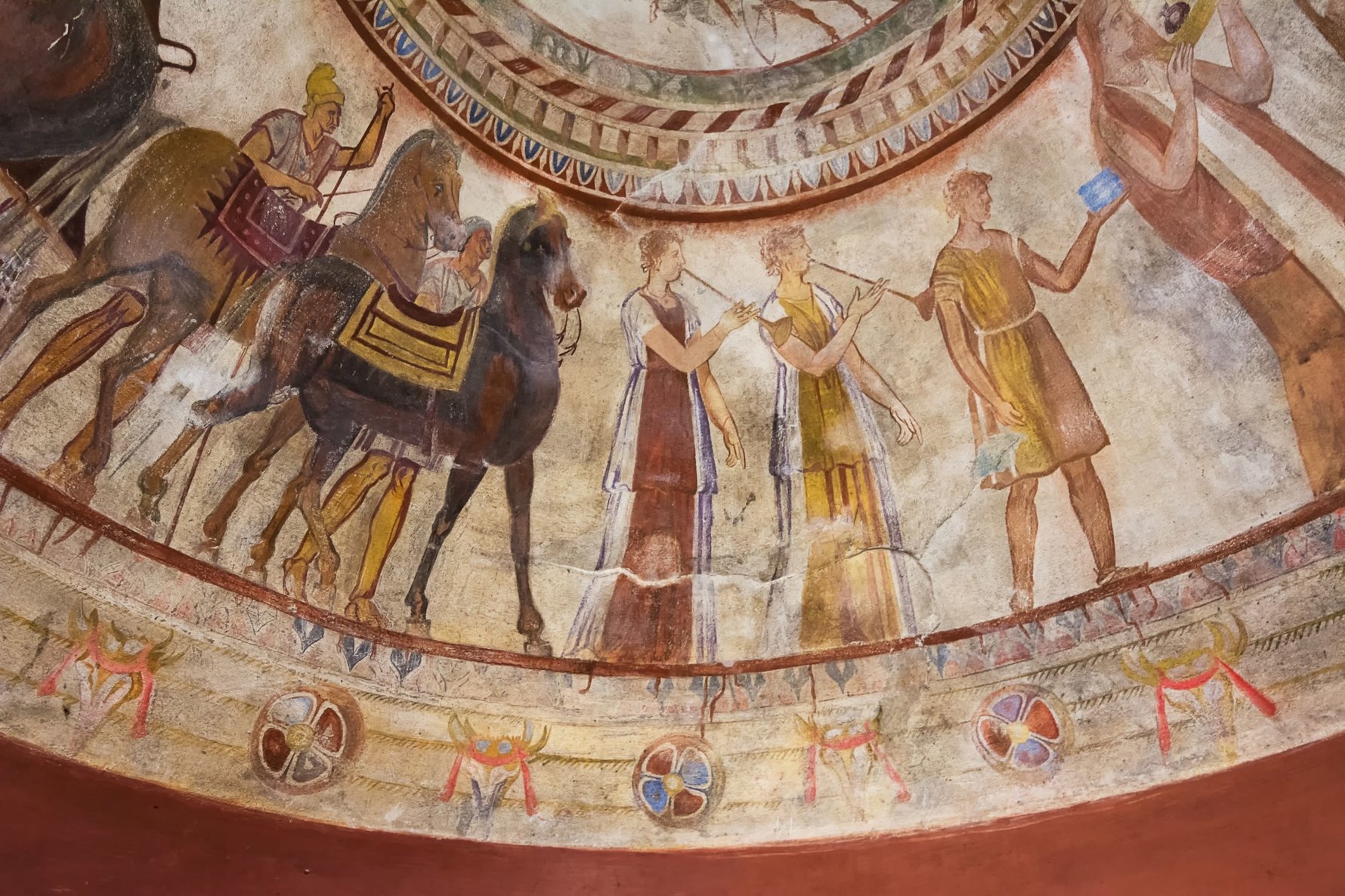
This tomb from the 4th century BC with its remarkably intact frescoes and bell shaped dome was discovered in 1944 and added to the UNESCO list of World Heritage Sites in 1979. Nowadays most visitors only get to view the replica as the original tomb is too fragile. The delicate figurative artwork of the dome in the original white, yellow, red and black mineral paints, portray the marriage rites of a couple whose skeletons were found in the antechamber along with a horse, buried with its master for the afterlife.
The gold treasures found here can be seen at the Kazanluk museum.
Valley of the Thracian Kings
The Thracians lived on the Bulgarian lands from 1500 BC until the 6th century AD, but apart from their beautiful tombs and precious treasures within, they left behind no written evidence of their civilisation. Boasting about 1000 burial mounds, many have long since been pillaged but a few have been excavated in recent decades including the Tomb of Otrusha, the Tomb of Shushmanets and the tomb of Seuthes III known also as 'Goliama Kosmatka' where a remarkably expressive bronze bust was discovered in 2004.Sveshtari
Dating back to the 3rd century BD, this Thracian tomb in the middle of the Danube plain, discovered in 1982 is a hidden delight. Somewhat cosmic in appearance with heavy metal doors leading into a grass covered hill, inside the main chamber the unique sight of ten tall sculpted female figures hold up the ceiling with their raised hands.Perperikon
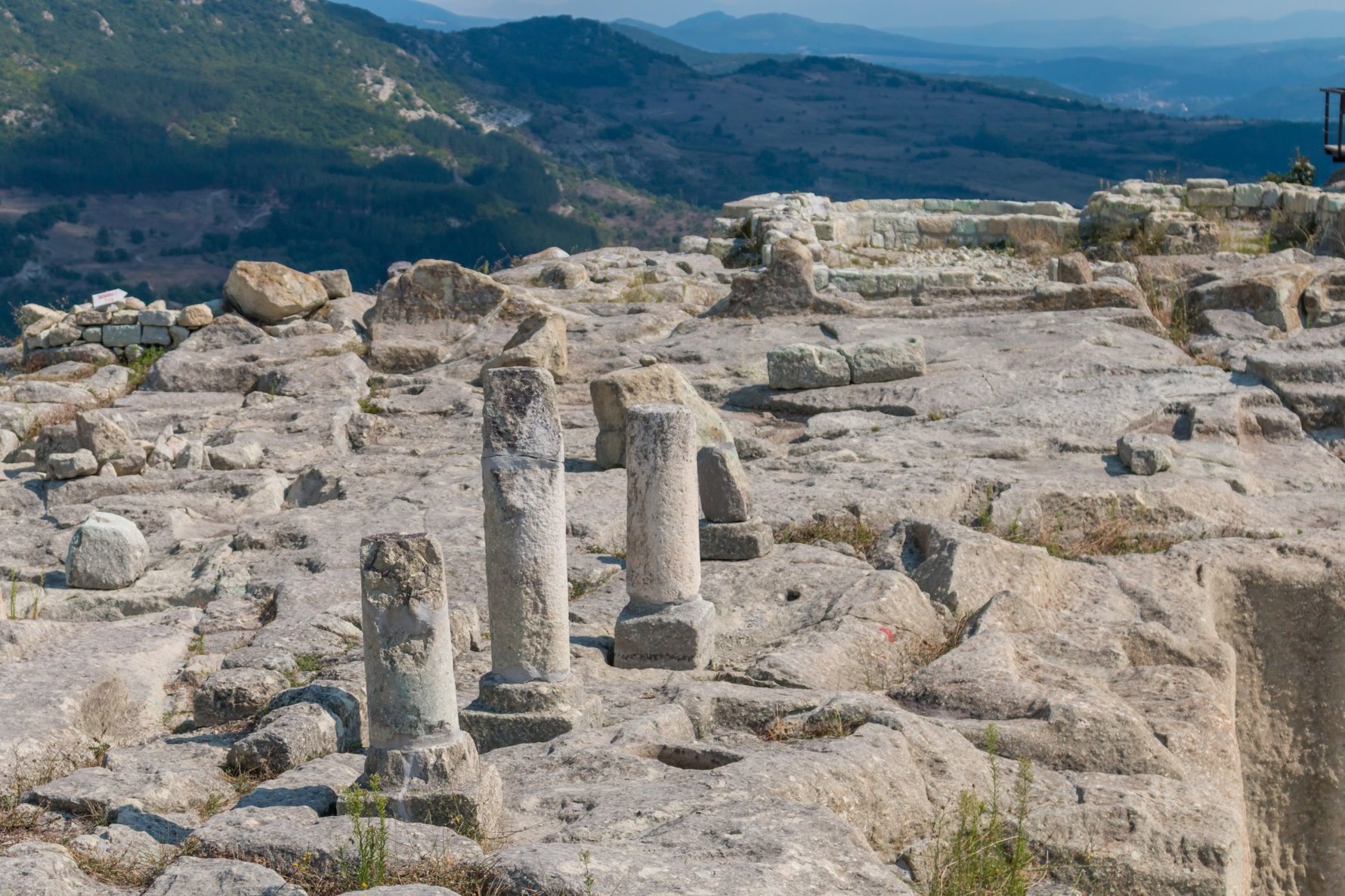
Shrouded in mystery, this, the largest megalithic archeological site in the Balkans is believed to be the famed temple of Dionysus, where according to Herodotus, the oracle told Alexander the Great that he would conquer the world and foretold the rise of the Roman Empire. Fortress walls and towers, wine making equipment, holes gouged out of the rock - all hint at the ancient people who indulged in mystic cults and secret rites with the help of fire and wine. Situated high on a hill in the south east of Bulgaria, not far from the town of Kardzhali it is open to visitors. Many of the artifacts, discovered during the archaeological explorations of Perperikon, can be seen in the History Museum in Kardzhali.
Chetinyova Mogila, Starosel
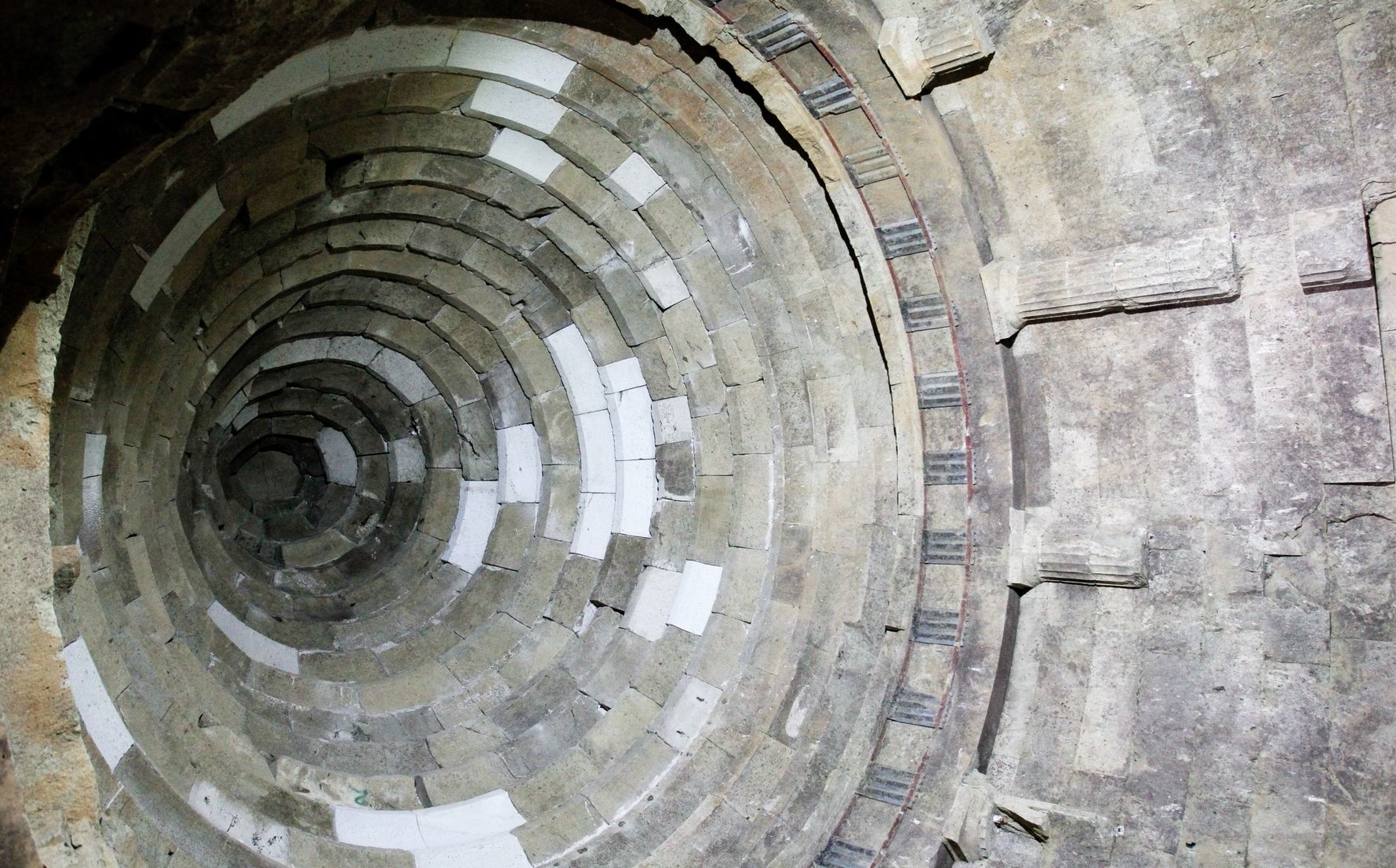
Approximately 170 km from Sofia, and just 20 km from Hisar, this site was unearthed in 2000 and the stone tomb dates back to the 4th century BC. It is believed to be the final resting place of Sitalkes. The site consists of a circular inner chamber which is approached by a central staircase and hallway, surrounded by a stone block wall.The large granite blocks are believed to have been brought by horse and cart from some distance away. Visitors can view the central chamber with its ten Doric columns and original wall paintings, the colour of which is immaculately preserved higher up, since sunlight only enters the chamber at a lower level during the winter solstice. Among the treasures found here is a gold wreath which can be seen in the Archaeological Museum in Sofia.
Ancient City of Kabyle (Kabile)
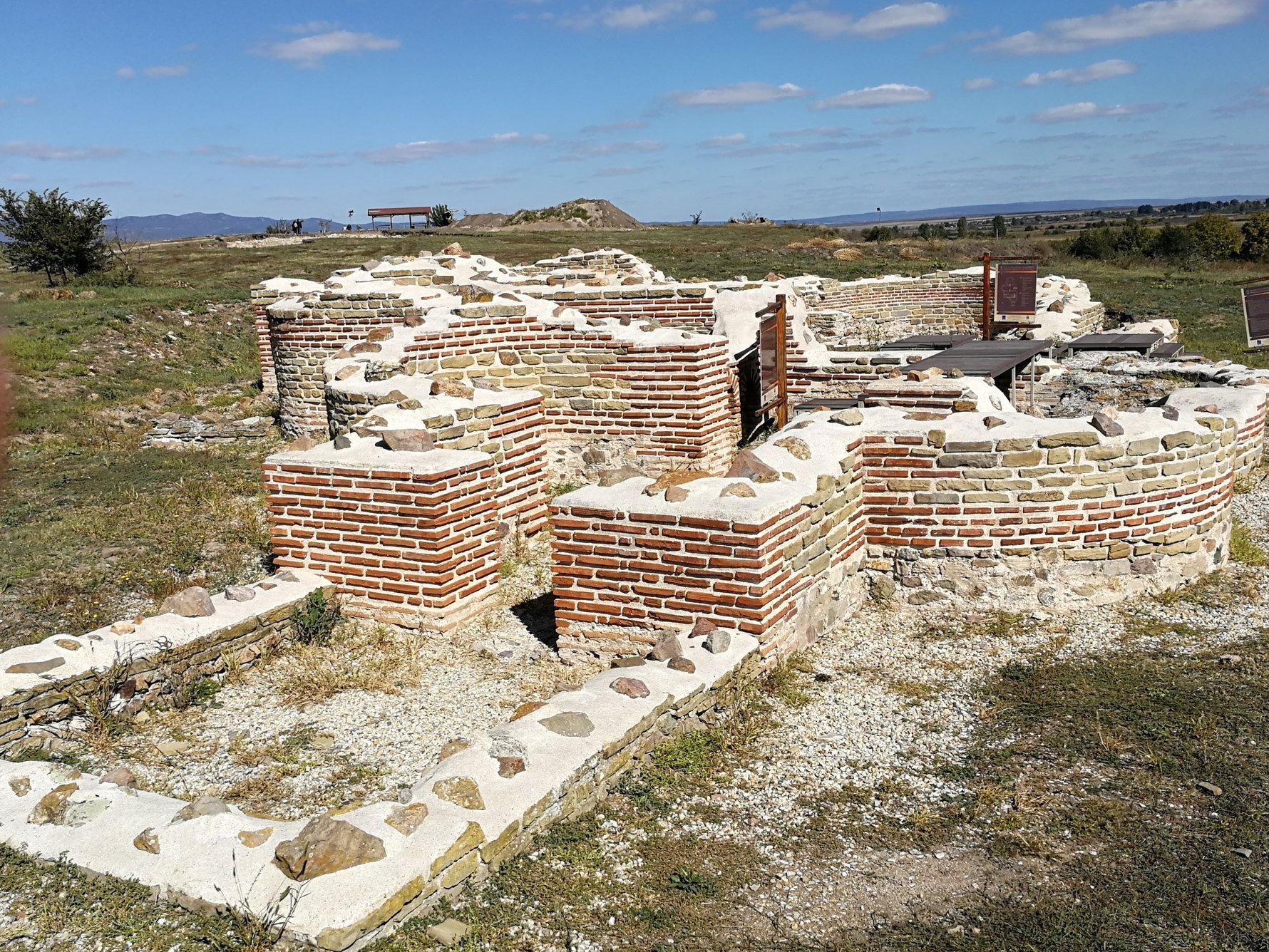
Conveniently located adjacent to the Trakia motorway near the town of Yambol, approximately 100 km from Burgas, the Archaeological Reserve of the Thracian and Ancient City of Kabyle is an area around a low hill on the Thracian Plain that has been inhabited more or less continuously from the end of the 2nd millennium BC to the 14th Century with an exciting and turbulent history. It was conquered by Philip II of Macedonia in 341BC and taken by Rome in 72 BC. At the end of 3rd and early 2nd century BC Kabyle was one of the most prosperous cities in the region and had a population of 7000. In the 6th Century the city fell to the Avars and was destroyed. You can follow the layers of history in the museum at the entrance and then follow a path through the site.
This is just a short selection of some of the finest discoveries in Bulgaria. Needless to say there are many more, including the Southern Fortress Wall in Sozopol, the Baba Vida Fort in Vidin and many sites still being worked on like Tell Yunatsite near Pazardzhik, Heraclea Sintica near Rupite, Alexandrovo Tomb near Haskovo and others.
If you have a passion for archaeology check out the programmes of the Balkan Heritage Foundation and their Field School.





Comments